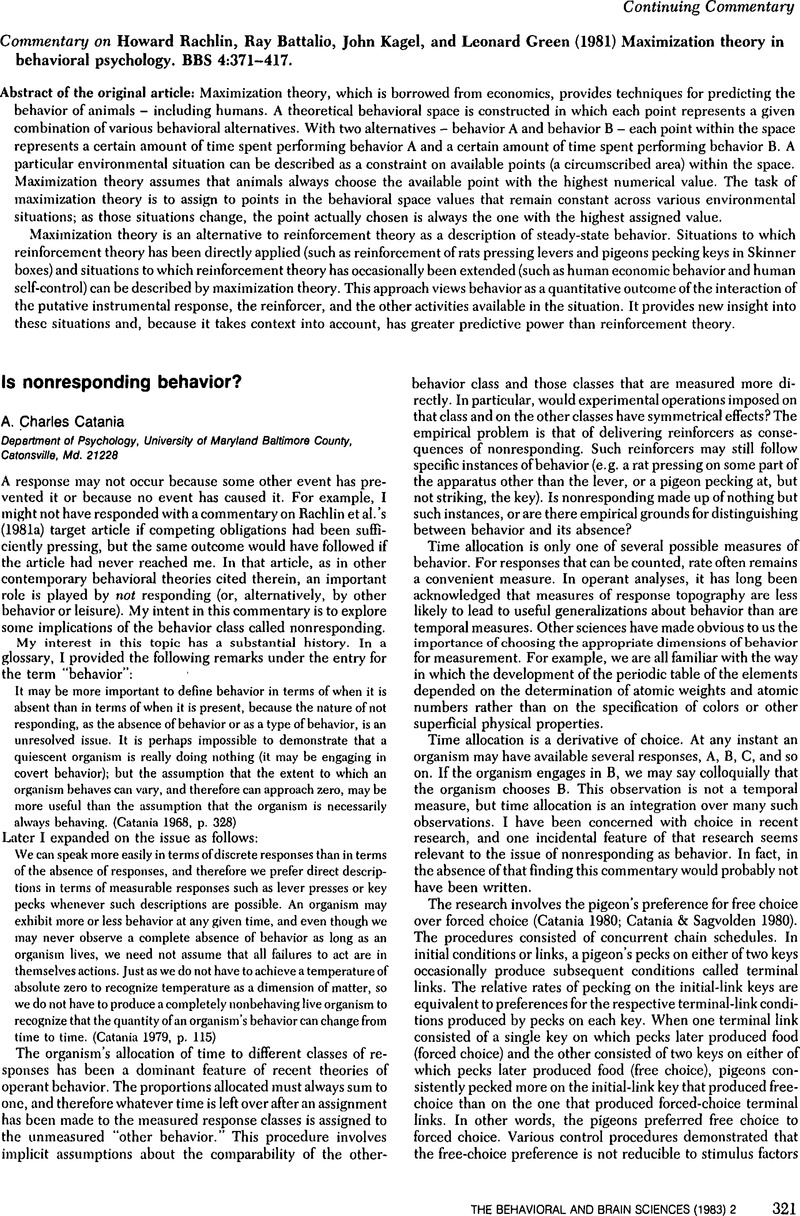Crossref Citations
This article has been cited by the following publications. This list is generated based on data provided by Crossref.
Reed, Phil
1999.
Effect of perceived cost on judgments regarding the efficacy of investment.
Journal of Economic Psychology,
Vol. 20,
Issue. 6,
p.
657.
Catania, A. Charles
2023.
Prolegomena to any future philosophy of behavior analysis as a science.
Journal of the Experimental Analysis of Behavior,
Vol. 119,
Issue. 1,
p.
209.


